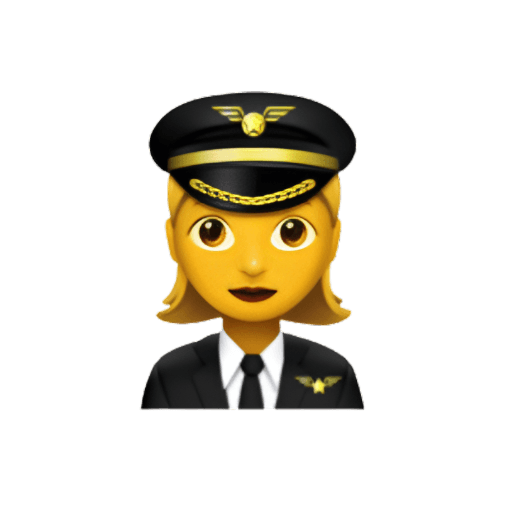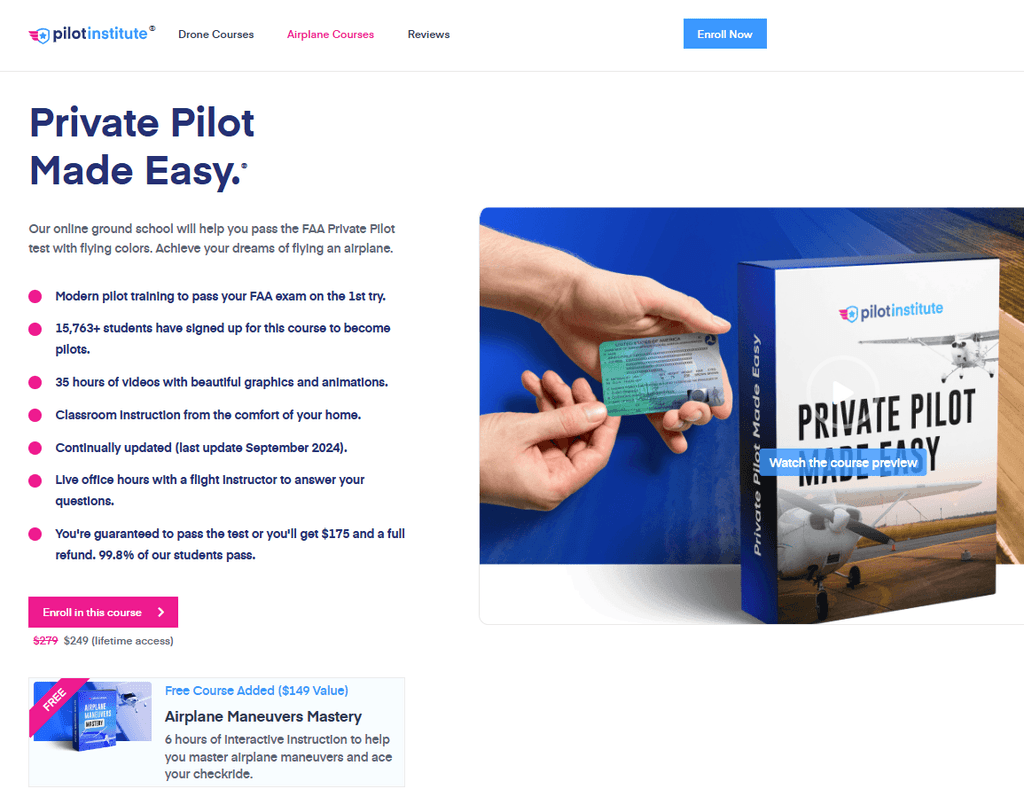Flight Training Overview
This Guide is designed for Flight Training in the United States. In General, the Process is similar between countries but still varies in Parts.
Pre-Trainning
1. Determine Your Goal and How You Want to Train
The first step in your flight training journey is deciding on your ultimate goal and determining how you want to approach your training. Do you want to become a professional airline pilot or simply fly recreationally? Once you've decided, you'll need to choose between modular and integrated training, as each path has its own advantages depending on your lifestyle and long-term ambitions. Modular allows for a more flexible, pay-as-you-go approach, while integrated is a full-time, fast-track program designed to take you from zero experience to a professional level quickly.
Find out about Training in the USA.
2. Preparation
Before you start flight training, it’s important to be well-prepared. This includes understanding the basic requirements, such as medical certification, age restrictions, and financial planning. You’ll need to budget for training costs, which can vary depending on the school and type of training program. Additionally, you should familiarize yourself with aviation terminology, airspace rules, and basic aerodynamics to ensure a smoother learning curve once you begin your lessons.
3. Find a Flight School
Selecting the right flight school is one of the most important decisions you’ll make in your training. It’s crucial to research schools thoroughly—look at their facilities, fleet, instructors, and student reviews. Consider whether the school offers integrated or modular training, as this will affect the structure and pace of your learning. Take the time to visit schools, talk to instructors and ensure they are well-suited to your learning style and career goals.
Alternatively if you want to take it slow and save money, let an independent Flight Instructor train you. To find one, go to iFlightPlanner.com or ask at your local Airfield.
Check out our Flight School Guide.
4. Recommended: Start your Theory Course
If you already found yourself a Flight School and they do not work together with specific Ground course Providers or you are anyways using an independent instructor or study at a small local flight school: We can definitely recommend Pilot Institute's Ground School Kit as the best option for you. Alternatively you can go and check out the Offer King school has.
In-Training
1. Private Pilot License (PPL)
The Private Pilot License (PPL) is the foundation of your flight training and the first major milestone. This phase will cover:
Basic Understanding of Flying: You’ll learn the fundamentals of aviation, including aerodynamics, weather, and navigation.
Getting Used to Flight Controls: Early lessons will focus on handling the aircraft, basic maneuvers, and developing a feel for the controls.
Solo Preparation: After mastering basic maneuvers and safety protocols, you'll work towards flying solo. This is a major achievement for every pilot.
Cross-Country Flying: You’ll gain experience flying longer distances, navigating between airports, and managing in-flight decision-making.
For theory purpose, ground school lessons are required. To minimize the need for those, get yourself a Ground School Kit as a distance learning program that guides you through the different stages. For example the King School Ground School is very common at flight schools and sometimes even required.
More detailed Explanations of each license and stage.
2. Instrument Rating (IR)
The Private Pilot License (PPL) is the foundation of your flight training and the first major milestone. This phase will cover:
Basic Understanding of Flying: You’ll learn the fundamentals of aviation, including aerodynamics, weather, and navigation.
Getting Used to Flight Controls: Early lessons will focus on handling the aircraft, basic maneuvers, and developing a feel for the controls.
Solo Preparation: After mastering basic maneuvers and safety protocols, you'll work towards flying solo. This is a major achievement for every pilot.
Cross-Country Flying: You’ll gain experience flying longer distances, navigating between airports, and managing in-flight decision-making.
For theory purpose, ground school lessons are required. To minimize the need for those, get yourself a Ground School Kit as a distance learning program that guides you through the different stages. For example the King School Ground School is very common at flight schools and sometimes even required.
3. Time Building
Once you've earned your Instrument Rating, you’ll need to build flight hours to meet the requirements for advanced certifications, such as a Commercial Pilot License (CPL). Time building involves logging flight hours under various conditions, enhancing your experience and confidence as a pilot. Do your time building with a “buddy pilot” who is timebuilding as well as you can both share the cost and learn from each other.
Make sure that if you sign up for an integrated Flight School, buddy time building is allowed and if not, how much it affects the total cost.
Tips for your Time building.
4. Commercial Pilot License (CPL)
The Commercial Pilot License (CPL) is essential if you want to be compensated for your flying skills. In this phase, you’ll focus on more advanced maneuvers, which require greater precision and skill:
Commercial Maneuvers: You’ll practice complex maneuvers such as chandelles, steep turns, and lazy eights, all aimed at improving your flight control and precision.
5. Multi-Engine Rating
To fly aircraft with more than one engine, you'll need to complete Multi-Engine Rating (ME) training. This includes:
Understanding multi-engine aircraft systems.
Learning engine-out procedures and how to handle asymmetric thrust when one engine fails.
Mastering performance management for complex aircraft.
This step is crucial for pilots seeking careers in commercial aviation, as most airliners and corporate jets have multiple engines.

